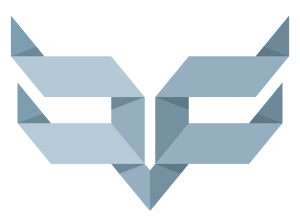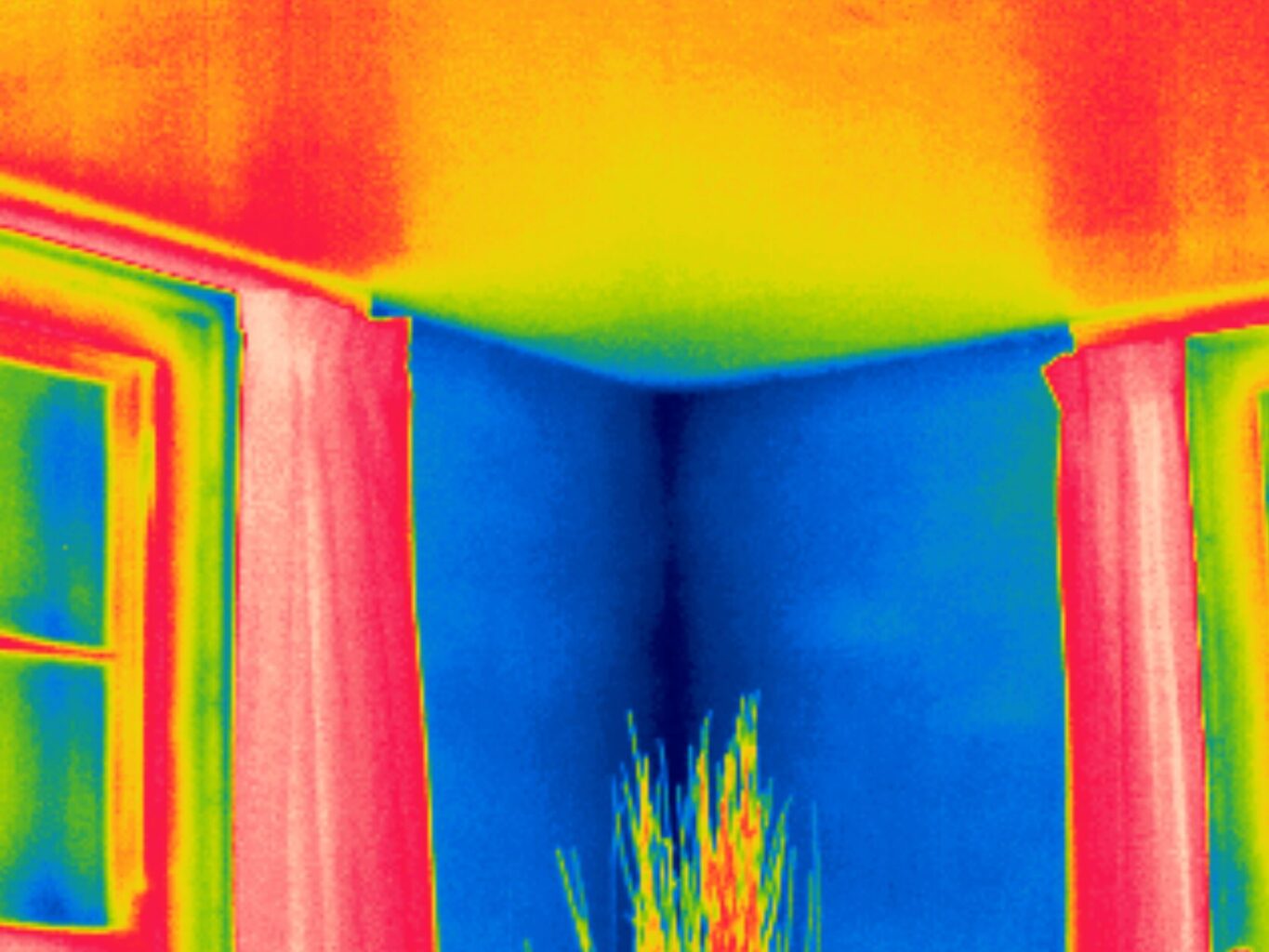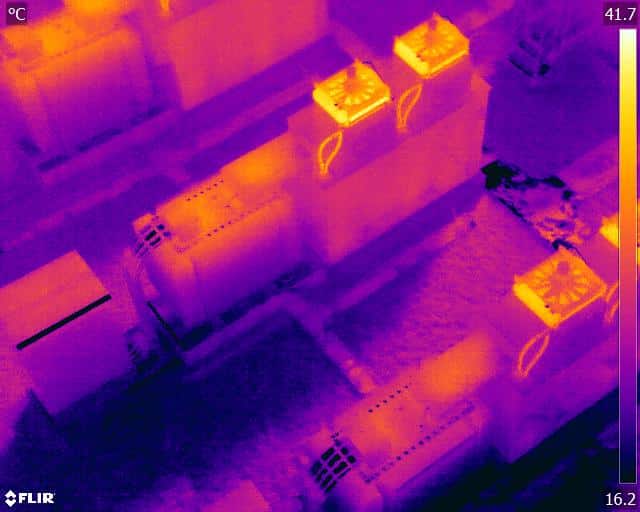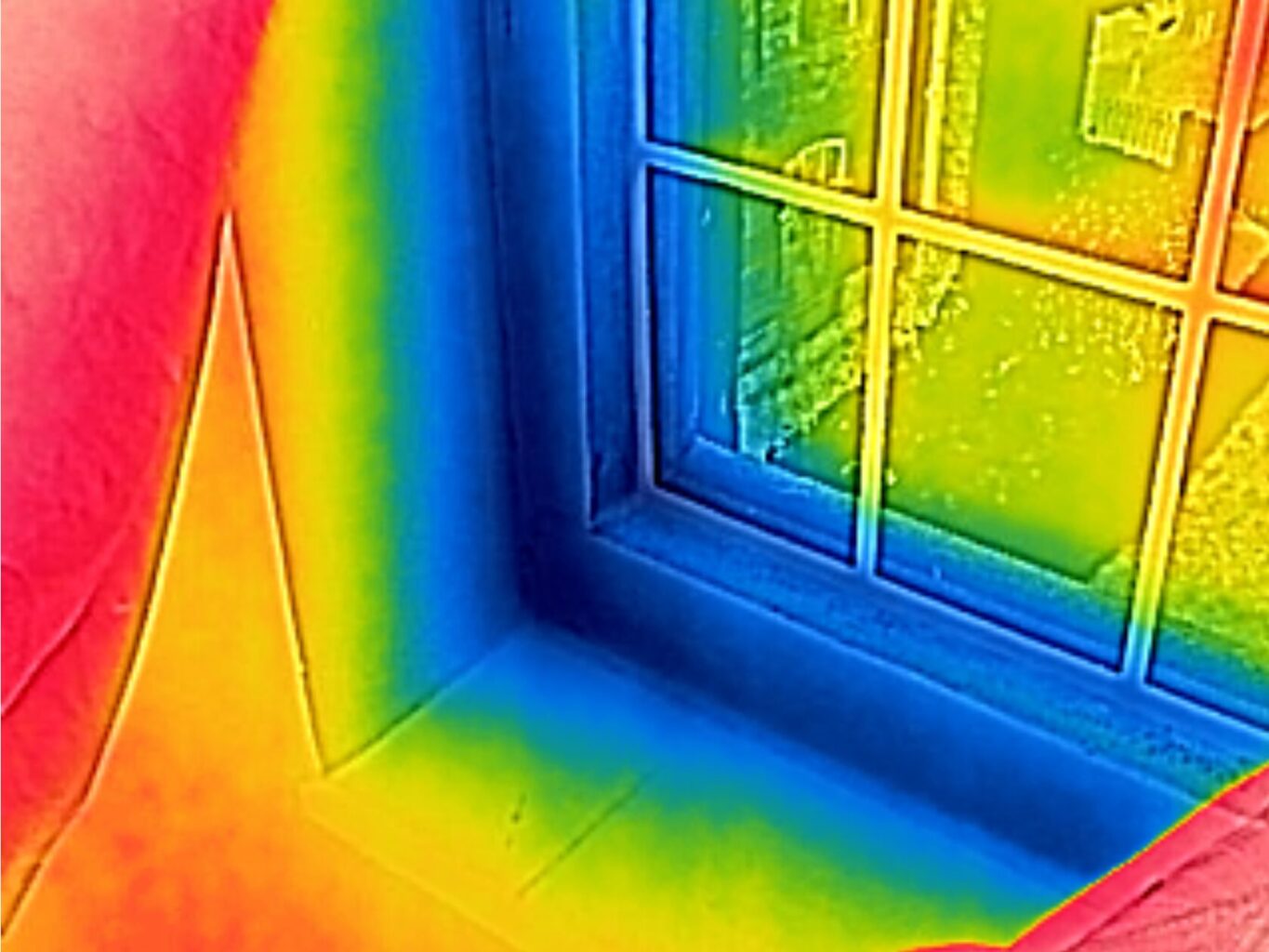
Seasonal Window for Building Thermography is Closing Soon
Seasonal Window for Affective Building Thermography is Closing as we move into Spring

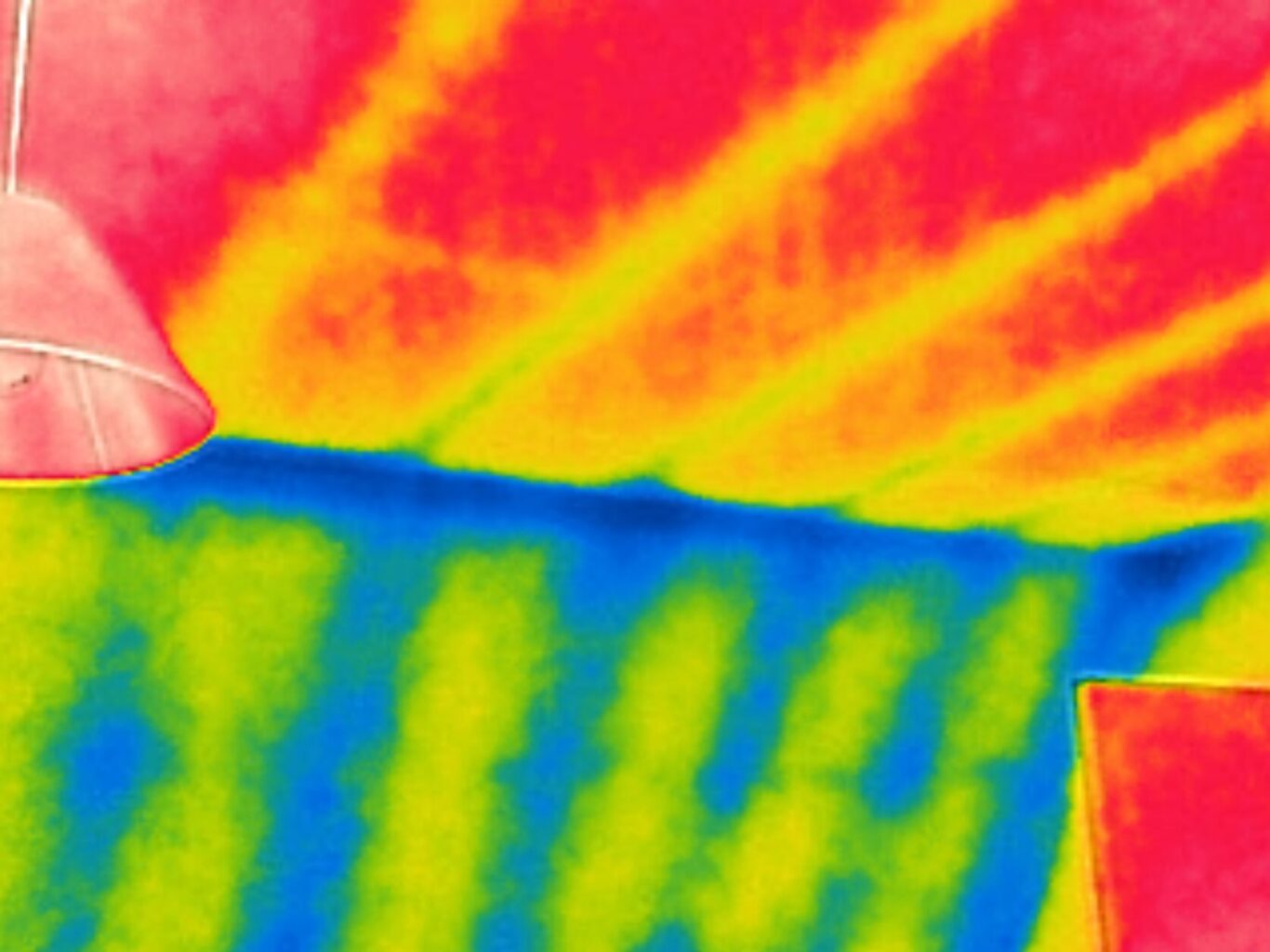
Understanding the Importance of Building Thermography in Colder Months
Building thermography, also known as thermal imaging, is a non-invasive method used to detect heat loss, insulation defects, and moisture issues in buildings. During the colder months, this technique becomes particularly crucial. The stark temperature difference between the heated interior and the cold exterior of a building allows for a more accurate detection of thermal anomalies. According to the UK’s Energy Saving Trust, around 25% of heat loss in an uninsulated home occurs through the roof, and a further third through walls. Building thermography can help identify these problem areas, and consequentially steering maintenance opportunities to significant energy savings.
The colder months provide an ideal environment for detecting thermal anomolies such as heat loss, air leakage, and moisture-related issues. Cold weather often brings rain and snow, which can exacerbate existing leaks or create new ones. Thermography can help locate these issues before they cause significant damage. As the famous quote by Benjamin Franklin goes, “An ounce of prevention is worth a pound of cure.” This is particularly true in the context of building maintenance and energy efficiency.
The Impact of Winter’s End on Building Thermography
As winter draws to a close, the conditions for effective building thermography begin to change. The temperature difference between the inside and outside of a building decreases, making it harder to detect thermal anomalies. This is because thermal imaging relies on temperature contrasts to identify areas of heat loss or moisture ingress. To complete a heat loss or insulation performance inspection using thermography there needs to be at least a 10°c delta between the inside and outside temperatures. Completing these inspections in colder months ensures that the more comfortable internal living temperatures are sufficient without having to iuncrease the internal temperature to achieve the delta. According to a study by the UK’s Building Research Establishment, weather conditions can significantly impact the effectiveness of building thermography. Therefore, the end of winter often signals a closing window for optimal building thermography.
Why the Seasonal Window for Building Thermography is Closing Soon

Preparing for the End of Winter: What’s Next for Building Thermography?
As the seasonal window for optimal building thermography closes, it’s essential to plan for the next steps. Firstly, any issues identified during winter thermographic inspections should be addressed promptly. This could involve improving insulation, fixing leaks, or implementing other energy efficiency measures. Secondly, it’s important to continue monitoring buildings for thermal issues throughout the year. While winter provides the best conditions for building thermography, it’s not the only time when thermal issues can arise. Regular inspections can help catch problems early, before they lead to significant damage or energy loss.
Finally, it’s worth considering other methods of building inspection and maintenance that can complement thermography. For example, air tightness testing can help identify drafts and leaks, while energy audits can provide a comprehensive overview of a building’s energy efficiency. While the end of winter signals a closing window for optimal building thermography, it also presents an opportunity to address identified issues and plan for ongoing building maintenance and energy efficiency.
Building Surveys using Thermography
Don’t miss the closing window for optimal building thermography this winter. Contact us today to schedule your inspection and ensure your building is energy-efficient and free from moisture-related issues. We are experienced and certified level 2 category thermographers. We work boith from the air using specialist thermal drone technology as well as on the ground using traditional building thermal imaging techiques to inspect commericla and domestic properties.
Thermography is a non-destructive and non-invasive technology looking at the anomolies, faults and observations covering moisture, water ingress, insulation continuity, heat loss, air leakage, thermal bridging and insect infiltration.
Expert Infrared Inspections for Accurate Thermal Assessments
Need professional thermographic analysis for your project? Our certified experts use the latest infrared technology to deliver precise results. Contact Drone Media Imaging today for expert thermal imaging services.
related posts
Discover the effects of thermal convection on building room corners with insights from thermal imaging. Uncover hidden insights.
